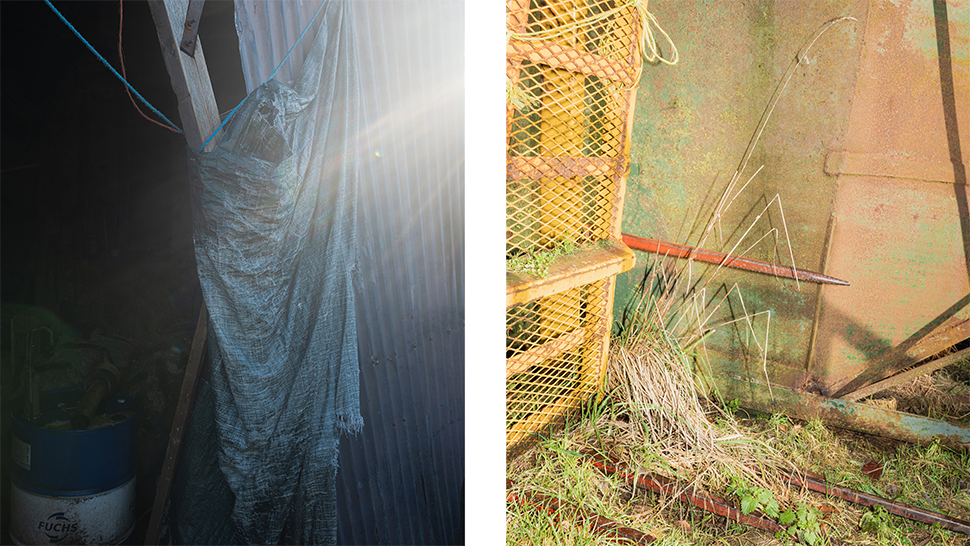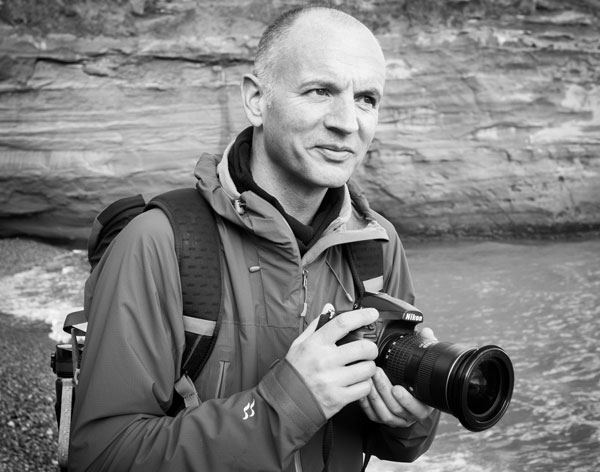

Benedict Brain is a UK-based photographer, journalist and artist. He is an Associate of the Royal Photographic Society and sits on the society’s Distinctions Advisory Panel. He is also a past editor of Digital Camera Magazine, and the author of You Will be Able to Take Great Photos by The End of This Book.
Recently, a bunch of artists, myself included, were invited to journey to the Blackdown Hills, a quiet rural landscape on the Devon and Somerset border that is designated as an Area of Outstanding Natural Beauty. Despite the relatively close proximity to my home, I didn’t know the Blackdown Hills. However, it was well-known among artists from the Camden Town Group, a collective of post-Impressionist artists who came together in London in 1911. It still exists today under the revised name of The London Group.
In the early part of the 20th century, artists such as Spencer Gore, Charles Ginner and Robert Bevan spent time in the Blackdown Hills making work. As a creative springboard, I was given The Hay Harvest, Harts Farm by Robert Bevan to respond to. It proved an interesting foundation to engage with a location.
It was a crisp, freezing cold winter day, with a beautiful low-raking light that spilled into the lens when I happened to visit – a magnificent day. I found the right farm, and after a brief introduction was given free rein to explore. Signs of hay were obviously not evident, but I think I found the right field and set about making work.
Soon, I was seduced by the semi-industrial farm machinery parked at the bottom of the field. The monster-like shapes took on an imposing and sinister vibe. In other parts of the area, old farm buildings that would have been there when Bevan was present also caught my eye. Together, these two images, presented as a diptych, seemed to work well together, and spoke to the spirit of the pace as I encountered it.
I’ve talked about boundaries in this column before, and how they can actually be a useful catalyst for the creative process. It feels kind of counter-intuitive, but I believe it to be true. Even though the work I made could not be more different for Robert Bevan’s painting of the hay harvest, using his painting and the location fuelled me in a way to make images that I wouldn’t have made had I just been wandering aimlessly with my camera. If you can think of a way to incorporate this way of working into your image-making, I’m certain you’ll benefit.
• Other articles in the Art of Seeing series
Read more:
• The 50 best photographers ever
• 100 best photography quotes from famous photographers
• The best coffee-table books on photography







